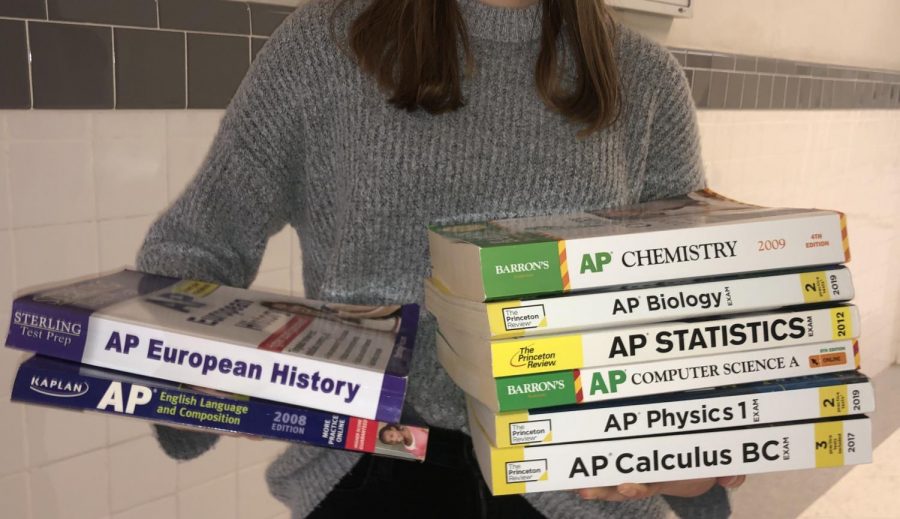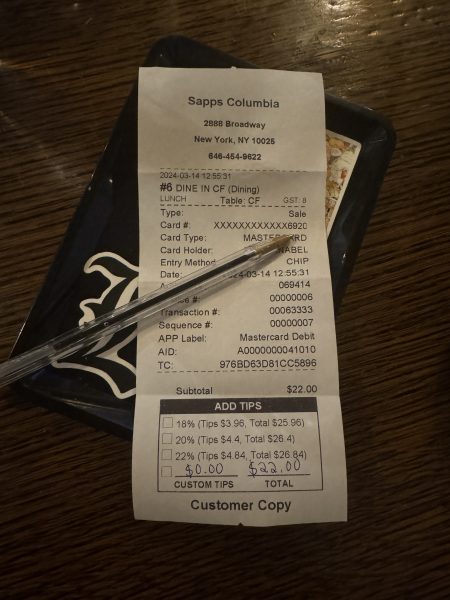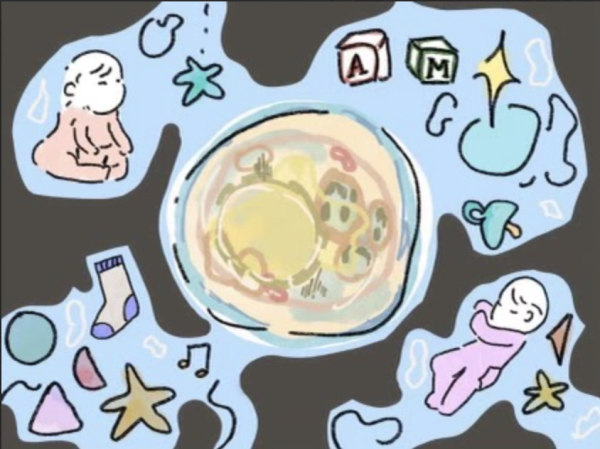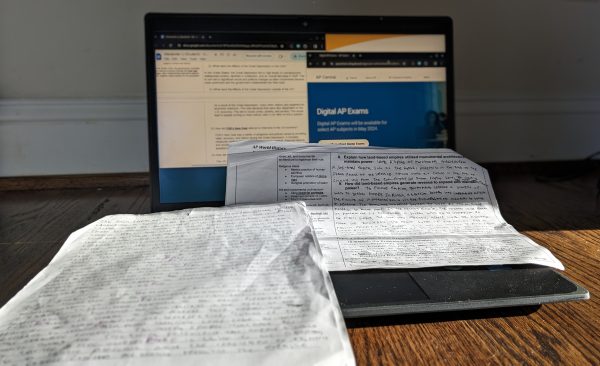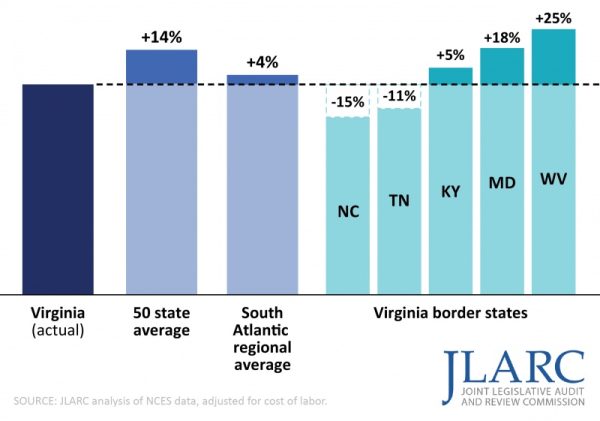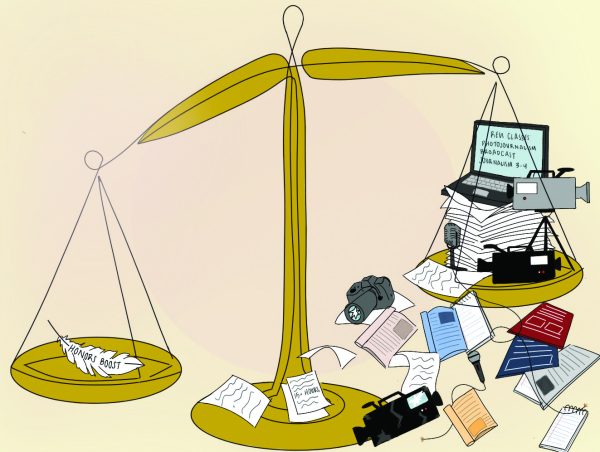Course Craziness
The College Board should provide more AP classes in humanities-centered subjects
Next time you’re looking at a McLean course selection form, check the science or math columns for AP options. The possibilities are endless. AP Chemistry, AP Physics, AP Environmental Science, AP Bio, AP Computer Science, AP Computer Science Principles, AB Calculus, BC Calculus, AP Statistics- just to name a few. If you know you love STEM fields, don’t worry, you’re in luck.
But how many AP English classes are there?
“AP Lit, AP Lang,” junior Mary Kate Ganley said. “I think there might be like an AP- nope, literature is Lit. I think it’s just two.”
Compared to the 14 varied and unique, STEM-focused, College Board-certified AP classes offered at McLean, only nine English and History APs are offered, two of which are mutually exclusive. This disproportionality systemically disadvantages humanities-inclined students, and highlights a major flaw in the College Board’s offered curriculums.
Nine humanities courses might seem like a lot, but six of them are single grade courses and students can only take them during a certain year of high school. No STEM classes are limited in this way. This means, for example, that a student looking to take multiple AP classes their junior year can only take AP Language for English and only AP US History for History, but take multiple Math and Science APs.
This is great for students who want to dive deep into more AP STEM classes, but for those who want to pursue English or the Social Sciences, they’re severely limited. Instead of having multiple AP classes to explore their interests in, these students are offered regular classes like Creative Writing, Journalism, and World Religions and Philosophy to stack their schedule with, which lack the advantages of APs.
“[AP GPAs are] out of five instead of four, so you get a GPA boost out of [taking an AP class],” senior John Buser said. “So you can raise your GPA if you’re good with that class. If you’re good at English and not STEM stuff, you might get a lower GPA.”
This distribution of AP curriculums is actually rooted in history. The College Board, the non-profit organization in charge of creating the AP curriculum, was founded in 1899 to bring order to the process of college admissions, but it wasn’t until 1955, in the middle of the Cold War, that the Advanced Placement (or AP) program was started. After receiving a grant from the Fund for the Advancement of Education, the government and the College Board started looking into ways to ensure quick admittance for advanced high school students into college programs, so as to aid the government in the Cold War race for technological advancement.
“We were very focused on being better than the Russians, being strong, and science was our best way to accomplish that,” Ganley said. “But in the modern age, with so much communication happening online instantaneously, without good practices with communications like journalism, a lot of very important education will be missed.”
As a society, we’ve grown beyond this Cold War mindset, but the College Board has not. And with today’s emphasis on stacking schedules with difficult, GPA-boosting classes, students are more likely to turn away from the benefits of a strong humanities education if they don’t receive those advantages.
“With McLean, as competitive as it is, definitely people would take classes where they could feel like they’d get that great boost, especially in a subject that they are actually passionate about,” Ganely said.
Though it may seem that because Literature and English Language Composition are already AP classes, there just aren’t enough English subjects to create more classes, but this argument overlooks the amazing learning experiences classes like AP Journalism or AP Creative Writing would provide. AP classes can also be electives- AP Ceramics should prove that.
“APs are college classes,” Ganely said. “If [colleges] have a major for it, then there are gonna be ways to incorporate that into a highschool curriculum. That’s how it works. That’s what they’ve done with all these STEM classes. So of course they have the option to expand it beyond what they already have.”
True learning is not just limited to equations and numbers. Intelligence and educational enterprises come in many forms, and it’s time the College Board expands its opportunities to meet the educational needs of all types of education. Creating high level classes with a GPA boost would inspire students to expand their knowledge into the humanities, and push for new creative outlets in learning that could be carried on through and after college.
“It would change everything, because the first step in change is education,” Ganley said.
Your donation supports the McLean High School's independent, award-winning news publication.



